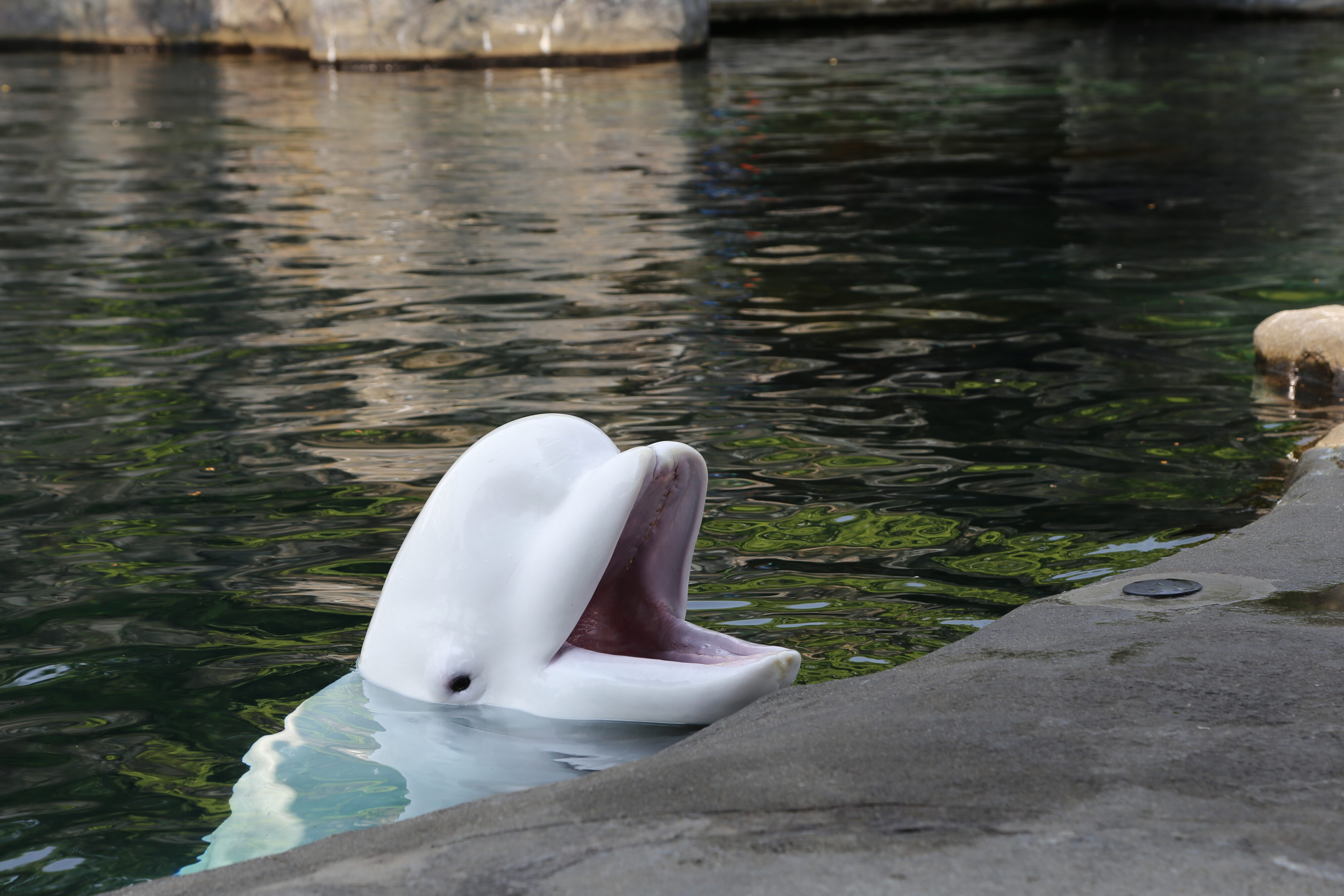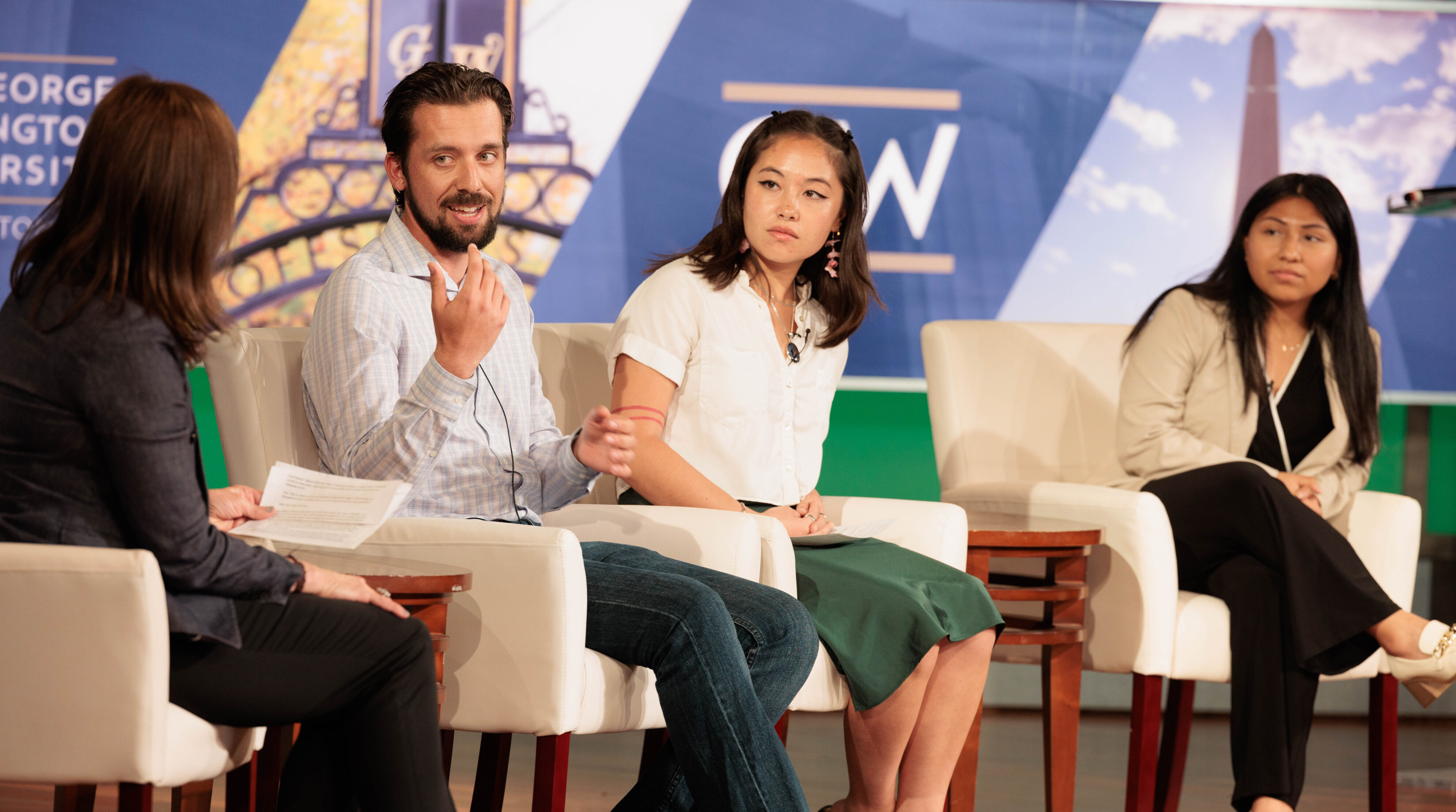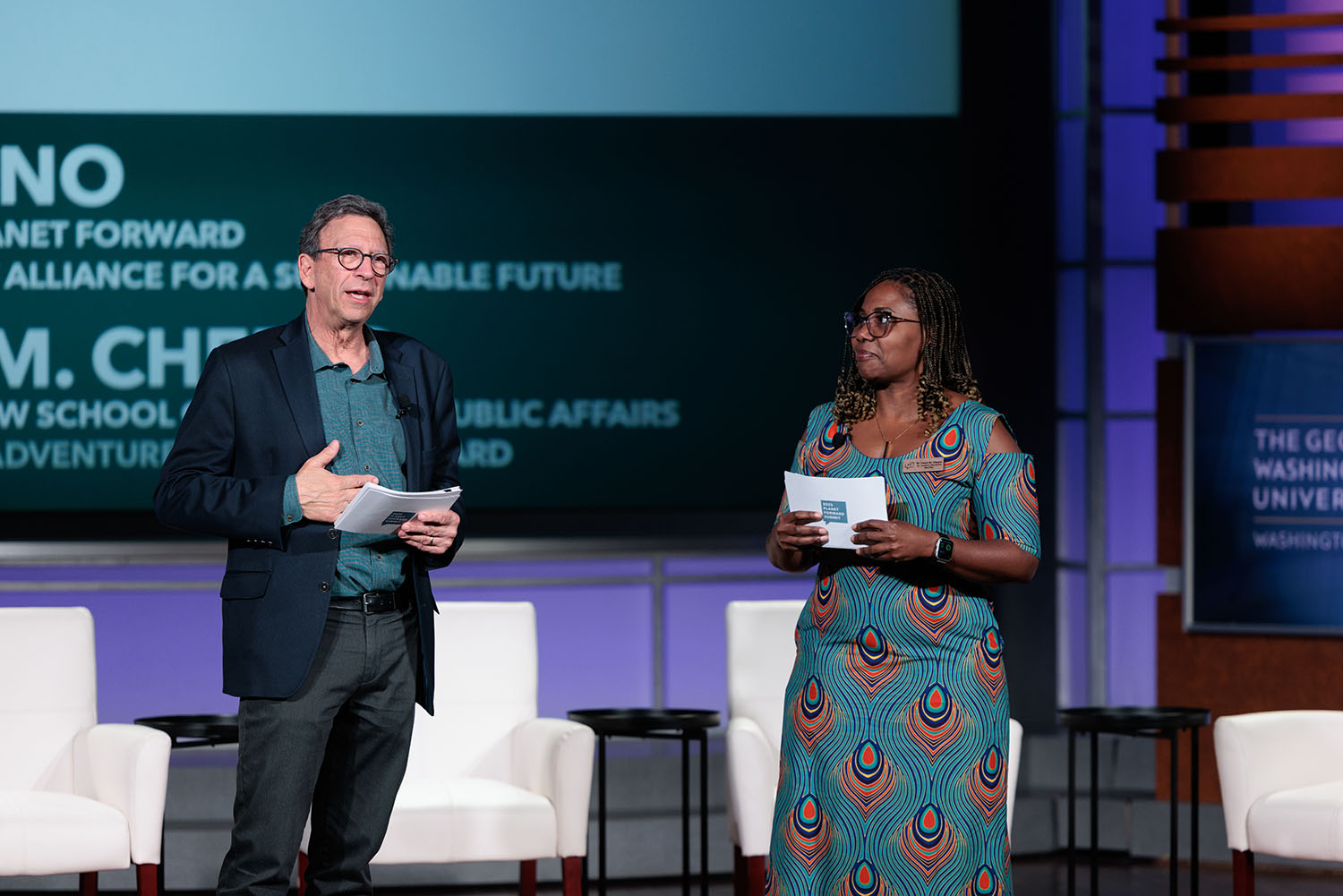As climate change adds more stress to children’s futures, teachers focus on environmental education while student advocacy efforts lead toward a green tomorrow. Mikayla Denault reports for Medill.
Students lead in green advocacy with environmental education
By Mikayla Denault
ARLINGTON, Va. — Students usually worry about schoolwork and tests, but the looming threat of climate change adds additional stress to children’s futures.
“We need to educate, we need to step up and we need to really ensure that our planet is protected and we’re able to function in a sustainable and environmentally-friendly society,” student leader Thomas Brulay said.
With education being one of the largest public sectors in the United States, coalitions like Aspen Institute’s K-12 Climate Action Plan and Generation180 partner with schools to help them reach sustainability goals and net-zero energy.
“It’s really thinking about the school districts developing these local climate action plans and then how state and the federal government can really help support that implementation,” Laura Schifter, a K-12 Climate Action Plan senior fellow, said.
Schools in the U.S. occupy about 2 million acres of land and teach around 50 million students, according to Schifter. Generation180 Program Director Tish Tablan also said that schools emit carbon dioxide levels similar to that of 18 coal power plants and that switching to solar would reduce schools’ carbon footprint.
“In 29 states plus DC, you can go solar with no upfront costs, so the barrier of upfront costs can be removed for many schools around the country, and that really levels the playing field, so that solar is not a technology just for wealthy districts,” Tablan said.
Stockton Unified School District in California championed green advocacy work by its quick production of electric school buses. Energy Education Specialist Gilbert Rosas said their bus fleet acts as a model for other school districts and opens the students’ eyes to environmentally-friendly careers.
“Not only do I understand the demographic of Stockton Unified, but I look like the demographic,” Rosas said. “I think it’s important for kids to realize that we have cool green career path choices, and they have the ability to be anything they want to be.”
Discovery Elementary School in Arlington, Virginia is one of the many schools that are being catalysts for educating environmental activists. As soon as students enter primary school, they work on year-long mastery projects to help their school become greener.
“All of the projects that the students come up with are amazing. The way they get excited about growing lettuce, that I swear they won’t eat until they’re a part of the process, and how proud they are to have taken part in that is just really inspiring,” Principal Erin Russo said.
From primary school to high school, students like Holly Thorpe and Thomas Brulay, join and form organizations to put what they learn into action. Thorpe and Brulay lead environmental efforts in Green Champions, a student-run club in Florida’s Miami-Dade County School District. These groups help kids realize their impact on the planet.
“We’re running out of time, and the climate crisis keeps getting worse and worse, and if we don’t step up and do something about it, then it’s going to be irreversible effects to the environment,” Brulay said.


















